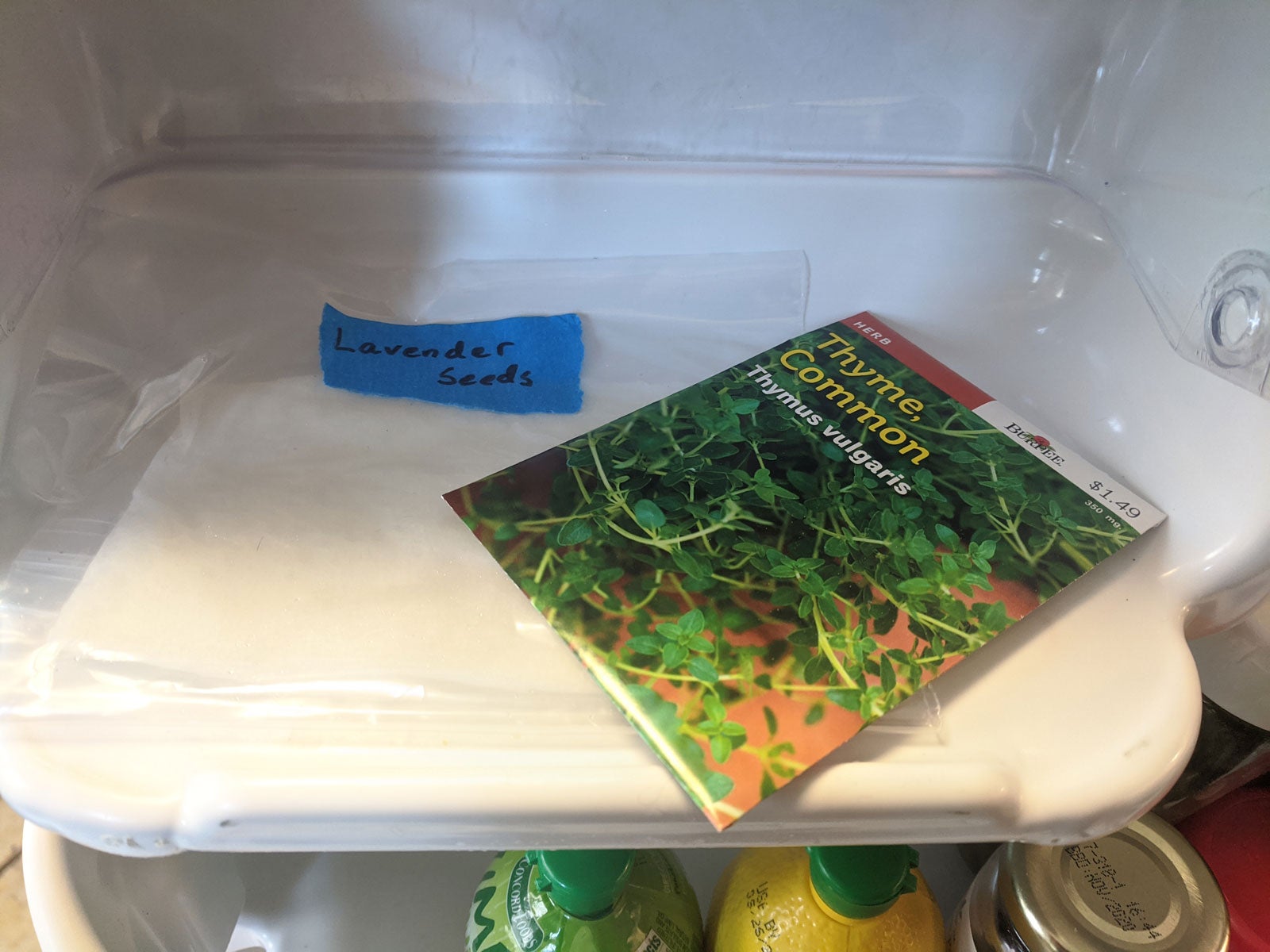Wet Vs. Dry Stratification: Stratifying Seeds In Wet And Cold Conditions


One of the most frustrating things in the garden is a lack of germination. Failure to germinate can occur in seed for many reasons. However, when planting any seeds for the first time, it’s important to familiarize yourself with the specific needs of that plant. While some will germinate quite readily, others may need the use of seed stratifying methods to achieve optimal germination rates.
What are Seed Stratifying Methods?
Simply, seed stratification refers to the process needed by seeds to begin to germinate. These processes allow for moisture to move through the seed coat and initiate growth. The method gardeners can use to stratify seeds depends on the type of seed and the conditions under which the seed will begin to grow.
Wet vs. Dry Stratification
When it comes to stratifying seeds, there are generally two ways this can be accomplished: wet cold vs. dry cold.
Cold Stratification
Cold stratification is important for success in growing many annual and perennial plants from seed. This is due to the specific seed’s need to experience various weather conditions before it is ready to begin growing. This delayed germination helps the plant species ensure its survival, despite any unforeseen climatic events.
Stratifying seeds in wet and cold conditions is one of the most common treatments for hard-to-germinate plants. To cold-wet stratify seeds, you’ll need paper towels and a resealable plastic bag.
- Wet the paper towel, and then spread the seed across it.
- Next, fold the paper towel in half and close the bag. Label the bag and then place it in the refrigerator where it will not be disturbed.
- Depending on the type of seed, leave it there for several days to a few months. Different plants will require different durations of cold treatment, so research your plant’s needs first.
After a suitable time has passed, the seeds can be removed from the bag and planted into the garden or into seed starting trays.
Dry Stratification
While wet-cold is most common, many plants also respond well to the dry-cold stratification method.
Sign up for the Gardening Know How newsletter today and receive a free copy of our e-book "How to Grow Delicious Tomatoes".
Like the wet stratification method, this technique requires that growers place their seed into a resealable plastic bag and place it into the refrigerator. However, dry stratification does not require any moisture. Leave the seed packets in cold treatment for the suggested period of time. Remove the seeds and plant them according to label instructions.
Although seed stratifying methods may seem time consuming, they are vital in improving the overall germination rate of many garden seeds. If you want to grow hard-to-germinate seeds without the use of refrigeration, consider the alternative of letting nature do the work. This can be achieved through proper storage of seed outdoors or through the implementation of the winter sowing method.

Tonya Barnett has been gardening for 13 years. Flowers are her passion. She has transformed her backyard into a cut flower garden, which she regularly chronicles on her YouTube channel http://www.youtube.com/@tonyawiththeflowers.